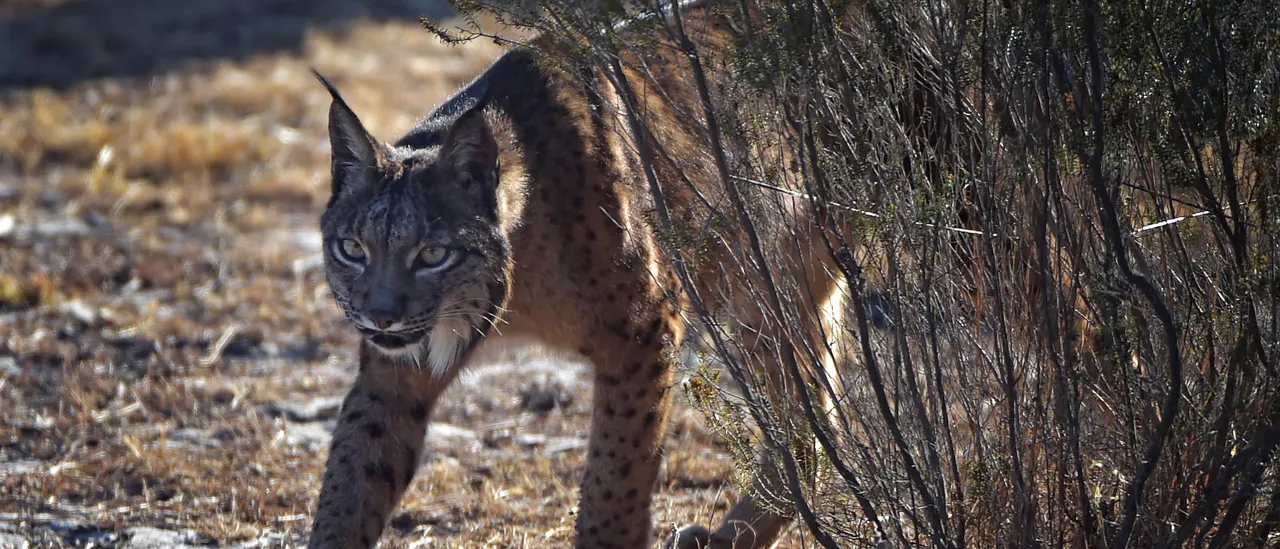A rare all-white Iberian lynx was spotted for the first time in Jaén, Spain, marking a significant moment in wildlife conservation. The sighting, captured by wildlife photographer Angel Hidalgo, showcases a lynx with a unique white coat while retaining its characteristic features, such as sharp eyes and dark ear tufts. This discovery has sparked celebrations among conservationists, as the Iberian lynx has made a remarkable recovery from near extinction.
The footage reveals a strikingly beautiful animal, prompting excitement about the successful conservation efforts aimed at preserving this endangered species. The Iberian lynx is already one of the world’s rarest cats, and the sighting of this leucistic variant adds another layer of intrigue. According to experts, the lynx exhibits a condition known as leucism, which causes partial pigment loss. Unlike albinism, which results in a complete lack of color, leucism allows for normal pigmentation in the eyes and overall healthy development.
“I’ve been setting up cameras for years, with many failed attempts and long hours of work. But this time, nature gave me something truly unique,” Hidalgo stated, as reported by NDTV. His dedication to wildlife photography has paid off with this extraordinary capture, believed to be the first documented instance of an all-white Iberian lynx.
The Iberian lynx was once on the brink of extinction, primarily due to habitat loss and a decline in its main prey, the European rabbit. Through dedicated conservation efforts, including habitat restoration and breeding programs, the population has seen a resurgence in recent years.
Officials have chosen not to disclose the exact location of the sighting in order to protect this rare individual from potential threats. The excitement surrounding this discovery serves as a reminder of the ongoing importance of wildlife conservation and the need to continue efforts to protect endangered species.
The sighting of this all-white lynx not only highlights the success of conservation measures but also reinforces the significance of preserving biodiversity. As the world grapples with environmental challenges, findings like this can inspire hope and determination in the fight to protect wildlife.
